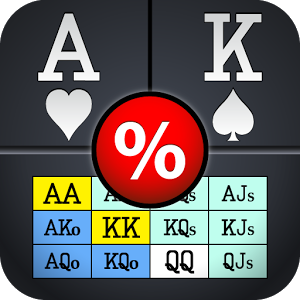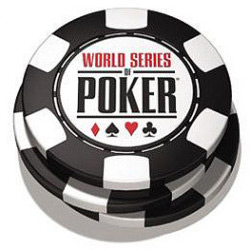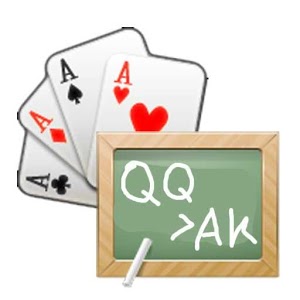When stacks are deep, the drawing hand has all of the power
Editor’s note: What follows is an edited excerpt from Jeff Hwang’s recently released book Pot-Limit Omaha Poker: The Big Play Strategy.
The sheer size of the drawing hands in Omaha has a dramatic effect on the dynamics of the game. In no-limit hold’em, a player with an open-end straight draw may be reluctant to bet into a field out of fear of getting raised an amount that he can’t call. But in pot-limit Omaha (PLO), the combination of the size of the draws and the restrictions of the pot-limit betting structure means that it is virtually impossible to price you out of the pot, and thus you can bet the 13-card nut-straight draws and bigger without fearing a raise.
In short, you can “bet it like you have it” from virtually anywhere at any time.
While there is not a lot of pure bluffing in Omaha, semibluffing is rampant. Meanwhile, when the stacks are deep and the money is not all in on the flop, the drawing hand has all of the power, especially when combined with positional advantage. The result is that there is even less gambling in PLO than you might think, as the big drawing hands are able to end a lot of pots without a fight, shading the odds in their favor.
Let’s say that you hold the K Q
Q






















The interesting thing is that you are technically about a 2-1 dog against a lone opponent with a hand as weak as the Q















The big wraps sometimes have power even when facing action. Let’s say that an opponent raised before the flop and you call with 8-7-6-5, leaving you heads up. The flop comes 10-5-4, giving you middle pair with a 13-card wrap. Your opponent bets into you, perhaps holding A-A; you can often bluff him off the hand with a raise. Alternatively, with a hand like Q-J-10-7 on a 9-8-2 board, for a 16-card nut-straight draw, you have enough hand to represent top set and raise when facing a bet; doing so might enable you to bluff out middle or bottom set or top two pair, particularly when the stacks are deep and you are up against a competent player.
Lastly, the big drawing hand has something going for it that a bare made hand does not, and that is implied value when it hits. If the drawing hand misses, the player on the draw is not going to pay off one last bet; but when the drawing hand hits, the player on the draw may collect a bet (or more) from the player with the previously “made” hand.
The gist of it is that when they connect, big drawing hands are some of the most powerful hands in the game.
This article was originally written by Jeff Hwang. Jeff Hwang is a semiprofessional player and author of Pot-Limit Omaha Poker: The Big Play Strategy. His latest book is Advanced Pot Limit Omaha Vol.1 and will be releasing Vol 2.
Submit your review | |








